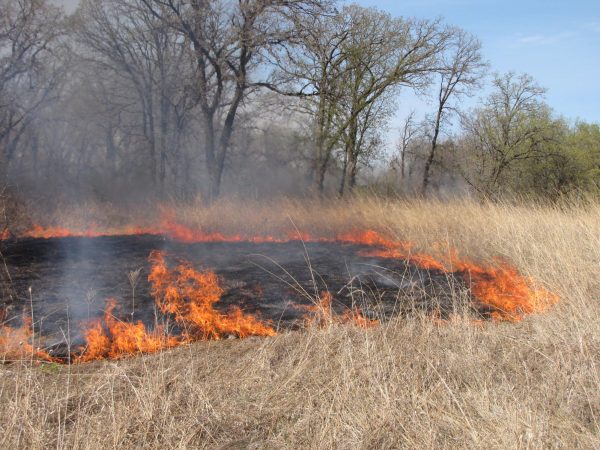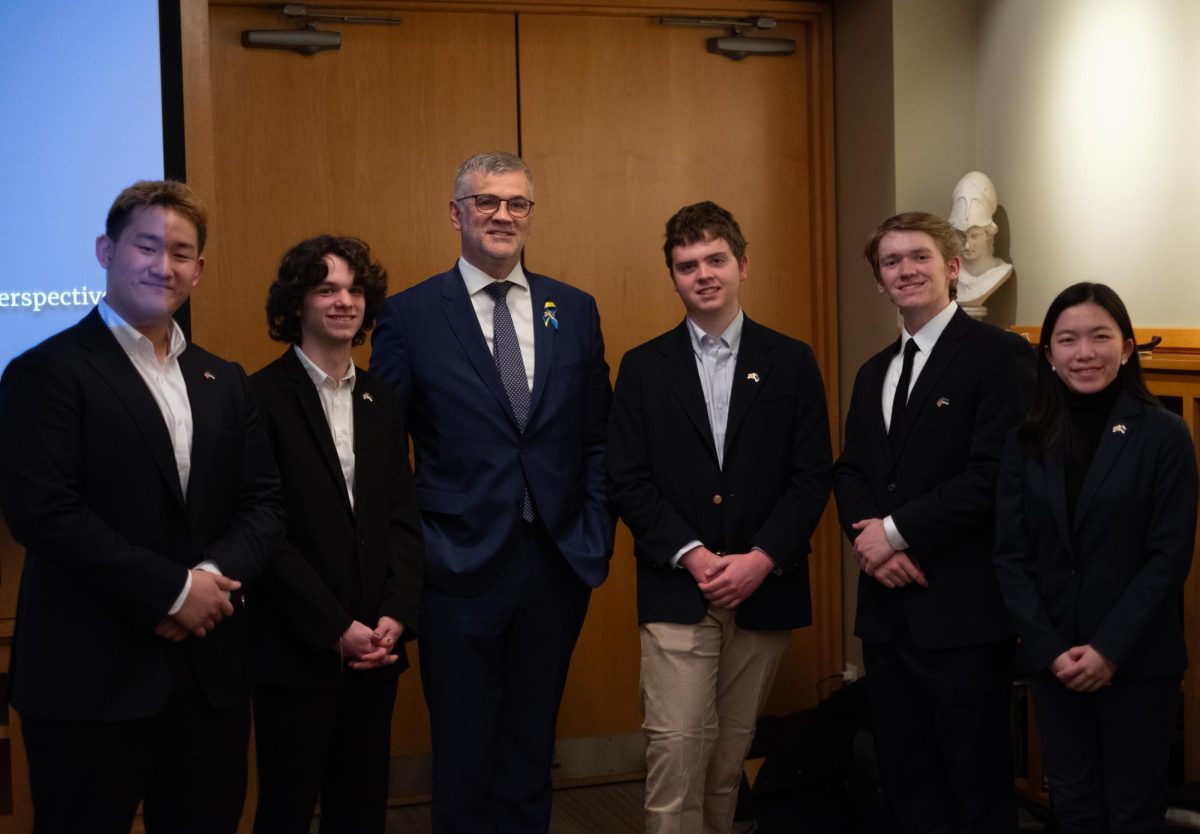
Spring has arrived, and the Arboretum is starting to flower and leaf out. But spring has also brought a couple of non-traditional signs to the Arboretum. Burned patches of ground, plumes of smoke — what are we up to?
Here in the Arb, staff, student crews and volunteers burn sections of our prairies and savannas every year. Most burns happen in the spring, when the snow has melted but the grass is still dry. Each spot in the prairie is burned every three to four years, because this interval and patchwork pattern is preferred by many species and allows others to move into unburned areas.
But why do we work to maintain prairies? And how does fire help? In pre-contact North America, prairies were one of the largest and most diverse ecosystems, but now they have nearly all been tilled for agriculture. Although our prairies are all restored from farm fields, they still represent a small piece of the most endangered ecosystem in the state.
But natural prairies require disturbance in order to exist. Disturbances such as drought, grazing and fire prevent the growth of trees and shrubs and are often necessary for the life cycles of prairie plants. Pre-contact, herds of bison grazed here, and tribes set fires. Cultural burning was used by tribes all over the Americas to manage the landscape, clear underbrush for travel, encourage useful plants and even direct the movement of bison herds.
For many years, fires were completely prevented, and large wildfires and habitat changes resulted. In the last few decades, the importance of fire has been recognized. Now, we once again care for the land with fire, preparing the prairies for new growth. Keep an eye on the burned patches in the Arb to see the renewed prairie bursting with new growth!









